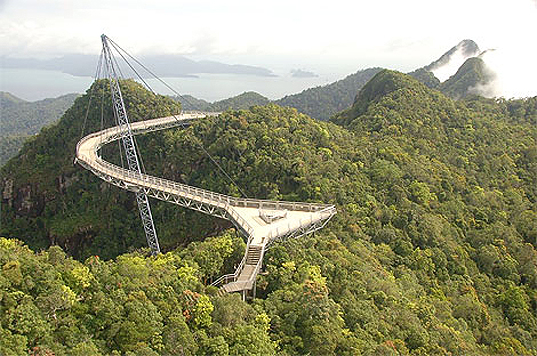 Abstract. The sustainable development of bridges is mainly based on meeting the three pillars of sustainability (economic, social and environmental factors) which have different goals. Each main criterion groups a large number of subcritera. Therefore, achieve a sustainable bridge is a complicate problem that involves a high number of factors in each stage of bridge life-cycle. For this reason, decision-making is a helpful process to solve the sustainability problem. The objective of this work is to review the bridge life-cycle decision-making problems that involve criteria that represent the pillars of the sustainability. While some works only consider criteria related to one or two of these pillars, the most current works consider criteria that involve all the pillars of sustainability. Furthermore, most of the works reviewed only study one stage of bridge life-cycle. This study shows the criteria used in some revised journal articles in each bridge life-cycle phase and, the multi-attribute decision-making used to achieve the sustainability. In addition, a small explanation of the obtained information will be carried out.
Abstract. The sustainable development of bridges is mainly based on meeting the three pillars of sustainability (economic, social and environmental factors) which have different goals. Each main criterion groups a large number of subcritera. Therefore, achieve a sustainable bridge is a complicate problem that involves a high number of factors in each stage of bridge life-cycle. For this reason, decision-making is a helpful process to solve the sustainability problem. The objective of this work is to review the bridge life-cycle decision-making problems that involve criteria that represent the pillars of the sustainability. While some works only consider criteria related to one or two of these pillars, the most current works consider criteria that involve all the pillars of sustainability. Furthermore, most of the works reviewed only study one stage of bridge life-cycle. This study shows the criteria used in some revised journal articles in each bridge life-cycle phase and, the multi-attribute decision-making used to achieve the sustainability. In addition, a small explanation of the obtained information will be carried out.
Keywords: Multi-criteria, Life-cycle, Decision-making, MCDM, MADM
Reference:
PENADÉS, V.; YEPES, V.; GARCÍA-SEGURA, T.; MARTÍ, J.V. (2017). Study of criteria used to obtain a sustainable bridge. Proceedings of the Ninth International Structural Engineering and Construction Conference, Valencia, Spain, July 24-July 29. doi: 10.14455/ISEC.res.2017.177


